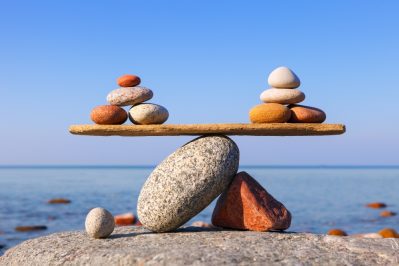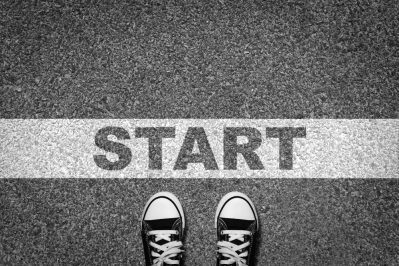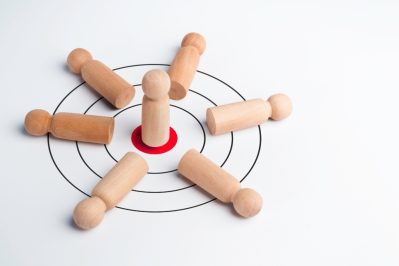I just returned from spending a week in what has become one of my favorite places: Park City, Utah.
When I wasn’t working, my wife and I spent most of our time walking, hiking, biking and doing other outdoor activities with friends. The extra physical activity yielded clear benefits in both my mental and physical health. To that point, my Apple watch updated me on several improving trends in my level of activity and cardio health since I left home.
Unfortunately, I am rarely able to maintain this type of activity schedule when I’m back at my home outside of Boston. This is the case even though I have everything I need around my home to be just as active there: we have plenty of streets, hiking trails and bikes.
The reality is I am always far more active in Park City. Why is that?
The reason is that our environment, and the people in that environment, have an outsized impact on our behavior. In Park City, the active, outdoor lifestyle is not just a common approach; it’s almost a norm. Most people who live or stay there spend tons of time being active outside, so it’s just natural to do the same.
Environments are a subset of culture; they either explicitly or implicitly reward certain behaviors. This is why it’s so important to pick our environments carefully and ensure they are aligned to the behaviors we want to prioritize in life.
We tend to think that willpower, or discipline, matters most to our behavior. But while we may believe that willpower should override environmental factors, the reality is that willpower is a finite resource, and human beings are social creatures. Behaviors are often contagious; they spread from person to person through observation and imitation, especially in close-knit communities or cultures.
For example, it would be extremely difficult to cut back on drinking if your core group of friends goes to the bar five days a week. Even if you are somehow able to limit your drinking while spending time with that crowd, it’ll take a lot of your energy and willpower.
In contrast, it is far easier to limit your drinking if you spend more time with friends whose evening activities don’t revolve around alcohol in the first place.
Similarly, cutting back on your television watching would be challenging if you spend a lot of time with a group of binge watchers. When they constantly share their latest favorites, you’ll be marginalized from the conversation and feel left out if you’re not keeping up.
On the flip side, your environment can also serve as a catalyst for things in your life that you want to add, rather than subtract. If you’re surrounded by fitness enthusiasts, you’re more likely to get off the couch and work out. Joining a book club is a great way to start a consistent reading habit. And if you want to spend more time being active and outdoors, living in a community where that is the norm will make that far more achievable.
How can we utilize this understanding of environments to our advantage? For starters, we can become more intentional about the environments we choose to be a part of and the people in those environments. The elements of our environment, including the attitudes, habits, and actions of the people around us, have an outsized influence on our own behavior.
Maybe it’s also time to think more closely about where we live and who we spend our time with, both inside and outside of work. In particular, we need to ensure that the values and behaviors of the people we spend time with are aligned to our aspirations and bring out the best in us. If that is not the case, then it’s probably time to make some changes.
Environments matter. They subtly shape our behaviors, drive our habits, and ultimately, impact our personal and professional lives. Choose your environment wisely, as the influence on who you are and who you might become is significant.
Quote of The Week
“You are the average of the five people you spend the most time with.”
–Jim Rohn









